Are you seeing black spots around your air vents or experiencing unusual allergy symptoms while indoors? If so, you might suspect black mold, or Stachybotrys chartarum, growing in your air vents. Black mold, or Stachybotrys chartarum, can be a stressful—or even nightmarish—situation for many homeowners.
Many believe that this species of mold is particularly toxic and harmful to the health of those living nearby. If you suspect black mold is growing around your air vents, or anywhere in your home, it should be safely cleaned and removed as soon as possible.
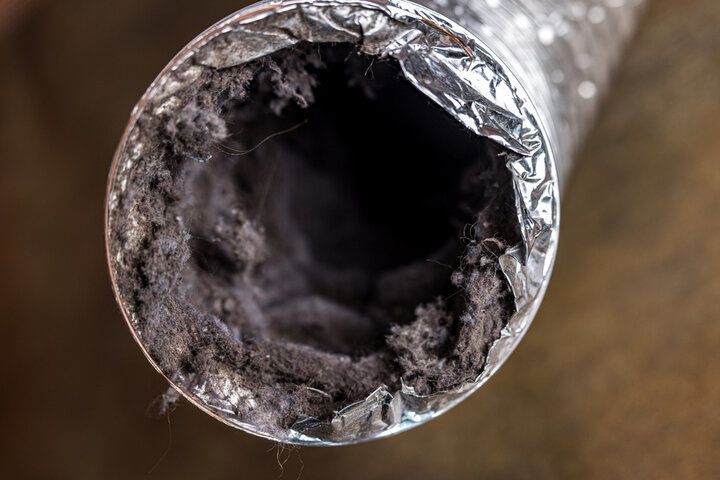
What is Black Mold?
READ ALSO: Water Restoration Near Me: When to Call a Pro for Help (321) 378-2400
Stachybotrys chartarum is a highly toxic species of mold, and it is commonly referred to as “black mold,” “toxic mold,” or “toxic black mold.” It tends to grow on porous, organic surfaces like drywall and wood in the presence of excess moisture.
As it matures, Stachybotrys releases mycotoxins into the air, which can cause irritation and potential allergic reactions when ingested or inhaled.
Stachybotrys is thought to be a factor in sick-building syndrome, which causes nausea, headaches, dizziness, fatigue, coughing, dry cough, skin itchiness, and irritation. However, a definitive connection between the two has not yet been proven.
According to the EPA, research on mycotoxins is still ongoing, and for many mycotoxins little health information is available.
7 Signs of Black Mold in Air Vents
- Strong musty odors
- Black spots around vents, ducts, or drip pans
- Allergy symptoms
- Difficulty breathing
- Persistent headaches
- Nausea or dizziness
- Fatigue
Musty odors are often the first indication that you might have mold. This is especially so if the smell becomes noticeably stronger only when your heating or air conditioning is turned on.
Black mold, or Stachybotrys chartarum, has a distinct smell that’s often more pungent than household molds and mildews. Its smell is often described as musty and earthy, similar to the scent of dirt or wet, rotting leaves.
If you see black spots or black dust appearing around air vents, there’s a good chance that mold is growing inside. These black spots are usually difficult to wipe off, and if it has a wet, slimy texture, that’s another indication of black mold.
Remember, avoid touching the mold with your bare hands — always wear gloves and other protective equipment.
Health symptoms are another sign that you may have mold. The symptoms of black mold might resemble allergies and cause acute discomfort, and present themselves while you’re indoors.

However, none of these signs are absolutely definitive of black mold and many can have other causes unrelated to mold at all.
In fact, if you discover that mold is indeed growing in your air vents, it’s more likely to be a nontoxic, black-colored variety of household mold. Cladosporium, for example, is one of the most common types of black-colored mold and has no known toxic effects.
But if you’re experiencing a combination of these signs, it may be worth consulting a mold or indoor air quality (IAQ) professional. The only way to properly identify a species of mold is to examine a sample under a microscope.
And regardless of the species, any type of mold found in air vents should be promptly cleaned and removed.
Why Does Mold Grow in Air Vents?
Air vents are an ideal environment for many varieties of mold.
They’re dark, isolated, and have plenty of dust, which comprises organic matter for mold to metabolize. Once condensation or moisture starts to accumulate, you’ve got the perfect conditions for mold to thrive.

Vents and HVAC systems are a special area of concern for homeowners when it comes to mold.
Most mold problems are diagnosed visually — if you see mold growing, then you remove it. However, when it’s hidden inside a vent or ducts, you might not notice it until you or your family start experiencing symptoms.
This poses a problem because mold colonies release spores — and in some cases, toxins — into the air, which can then become inhaled. When mold grows in air vents, these spores may travel throughout your home along with the air being circulated.
But you don’t need to panic. The most common species of household molds are non-toxic to humans, although they may cause allergy symptoms when inhaled.
How Can You Tell if It’s Actually Black Mold?
Many people have misperceptions about the term “black mold” and “toxic mold.”
Not all black molds are toxic, and not all toxic molds are black. If you have noticed or suspect black mold growing in your air vents, the probability that it’s actually Stachybotrys is relatively low.
In fact, while Stachybotrys chartarum isn’t considered rare, it is far less common than other household mold species. That’s because Stachybotrys requires humidity levels over 90% to grow, whereas most molds only require 35-70%.
Typically, a surface would need to be wet for at least 72 hours with consistent moisture for Stachybotrys to grow.
Furthermore, Stachybotrys commonly grows on drywall and wood rather than metal surfaces found in vents and ducts. However, it’s certainly not impossible for Stachybotrys to grow in vents either — it’s just not typical.

Mold Remediation Specialists in Melbourne, Florida Don’t Let Mold Take Over Your Melbourne Home
Mold growth can quickly become a serious problem in homes and businesses throughout Melbourne, Florida. Not only can it damage your property, but it can also pose serious health risks to you and your family. That’s why it’s important to address mold issues promptly and professionally.
Why Choose PuroClean of Melbourne for Mold Remediation?
At PuroClean of Melbourne, we’re committed to providing top-notch mold remediation services to our local community. Our team of experienced technicians is trained to identify and eliminate mold growth, ensuring a safe and healthy environment for you and your loved ones.
Our Mold Remediation Process
Our comprehensive mold remediation process includes the following steps:
- Inspection and Assessment: We’ll conduct a thorough inspection of your property to determine the extent of the mold damage.
- Containment: We’ll isolate the affected area to prevent mold spores from spreading to other parts of your home or business.
- Mold Removal: We’ll use advanced techniques to remove mold and any contaminated materials.
- Air Scrubbing: We’ll use specialized equipment to clean the air and remove mold spores.
- Drying and Dehumidification: We’ll use powerful dehumidifiers to dry the affected area and prevent future mold growth.
- Cleaning and Sanitizing: We’ll clean and sanitize all surfaces to eliminate any remaining mold spores.
Health Risks Associated with Mold
Exposure to mold can cause a variety of health problems, including:
- Respiratory issues, such as allergies, asthma, and sinus infections
- Skin irritations
- Neurological symptoms
If you suspect mold growth in your home or business, it’s important to take action immediately. Contact PuroClean of Melbourne today to schedule a mold inspection.
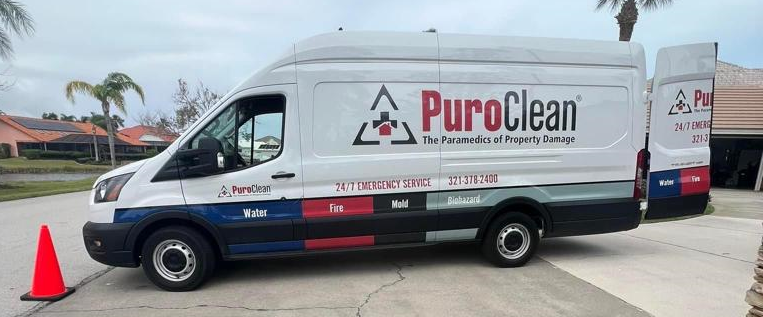
PuroClean’s property restoration experts are available 24/7 to help with fire damage, water damage restoration, mold remediation, biohazard cleanups, and more. As the “Paramedics of Property Damage®,” we are the first responders of property restoration, providing emergency service when you truly need it. We assist both residential and commercial clients. To schedule an appointment with the PuroClean of Melbourne office, please visit our website or call us at (321) 378-2400.
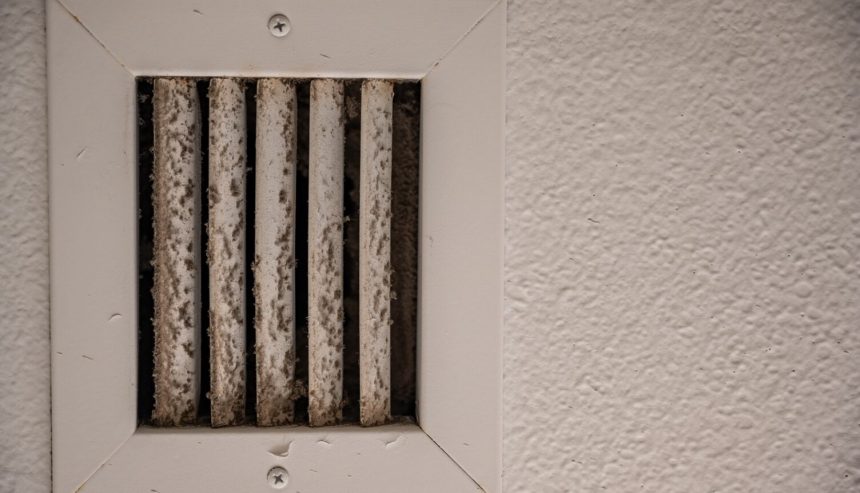

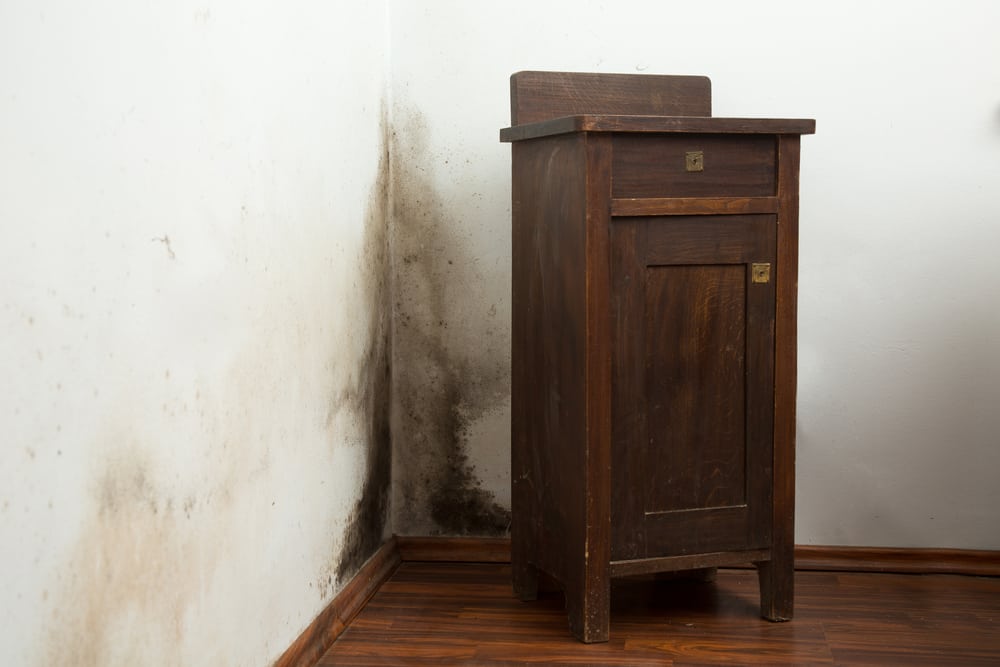
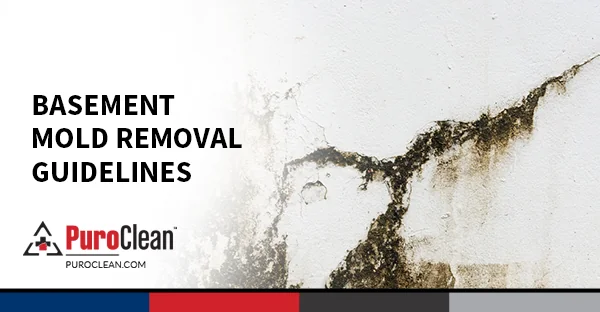
 PuroClean of Melbourne
PuroClean of Melbourne